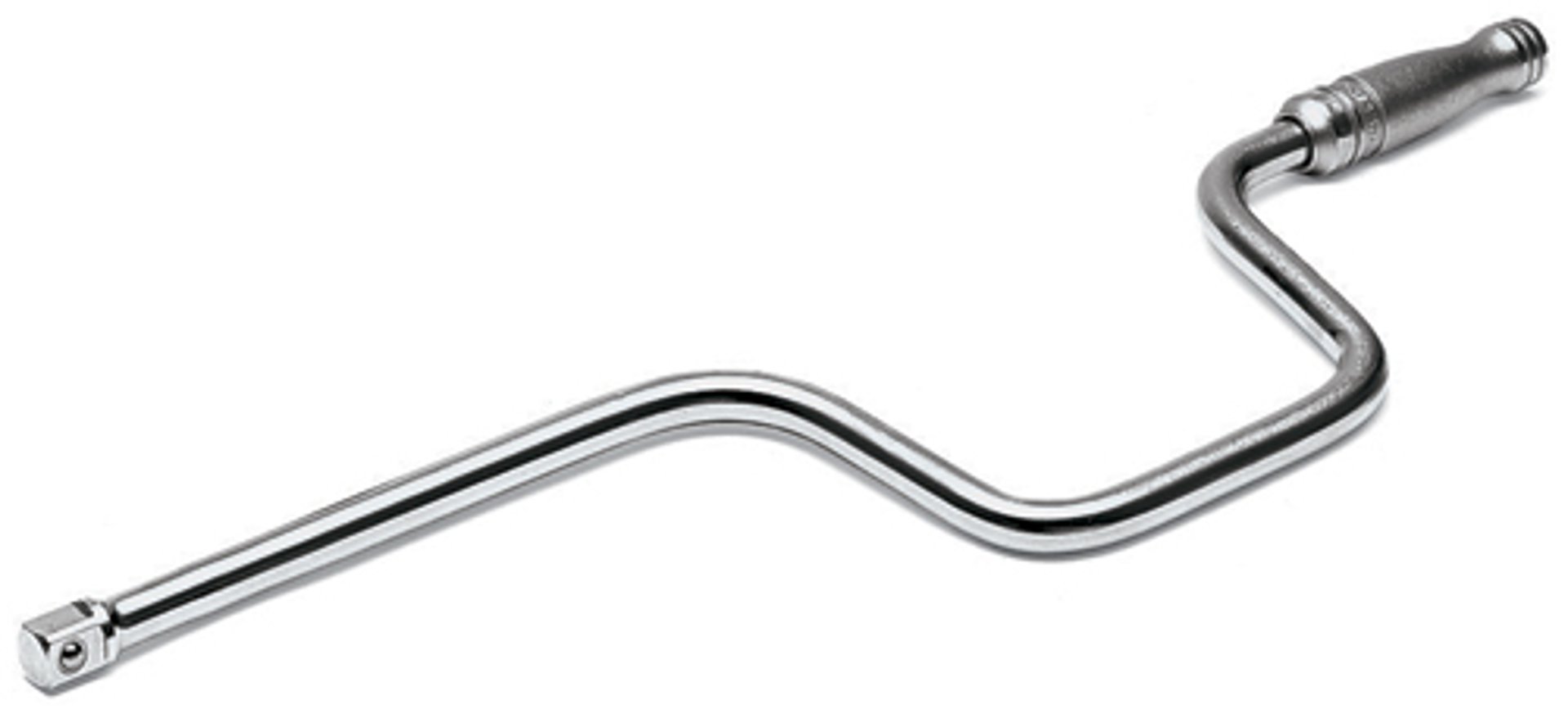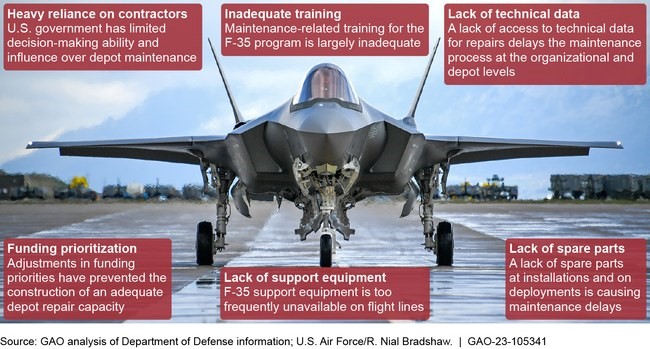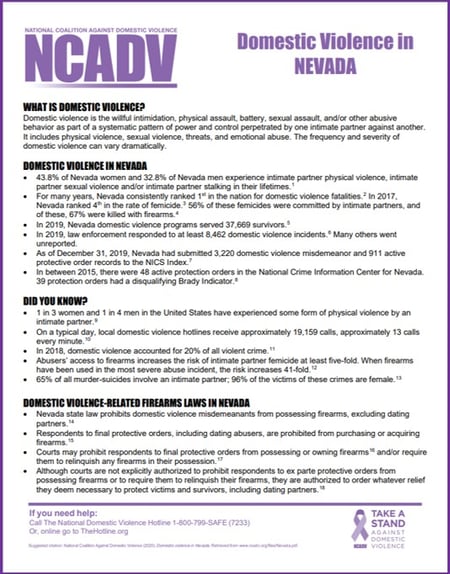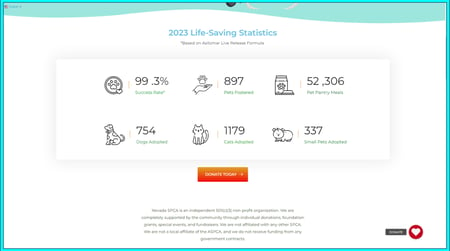
Let's Talk About The F-35
My final US Air Force position was as a Suitability Logistics Analyst on the F-22 acquisition program with AFOTEC Detachment 6, Nellis AFB, NV. The red boxes in the picture were among our F-22 infrastructure analysis.
Richard Gomez


My post content
The F-35 acquisition program is of urgent concern and requires government intervention. The problems that the Government Accountability Office identified in the picture are known as #ShowStoppers. They are sustainment concerns and are untenable. The F-35 program uses a two-level logistics infrastructure concept whereas the F-15 and other legacy aircraft like the F-16 and the A-10 use a three-level concept.
The primary difference between concepts is that the contractor operates the depot function, which is the highest level of maintenance and is critical to the aircraft's life cycle. The top left red box and the bottom right red box are interrelated, as the depot function includes aircraft component repair and overhaul. Such is the contractor's responsibility. GAO found that: "component repair times remained slow with over 10,000 waiting to be repaired". When I served on the F-22 test program, I was responsible for #DeficiencyReports. 10,000 components (parts) awaiting would have been a Category 1 deficiency report, the most serious category.
The contractor is also responsible for purchasing spare aircraft parts. Fighter aircraft spare parts are expensive. The alternative to purchasing #SpareParts is to repair existing parts. A 10,000-part backlog indicates reluctance to purchase those spare parts. In this report, GAO states: as of October 2022, our analysis identified that prime contractor 1 has yet to report for adjudication approximately 940,000 spare parts valued at over $66 million that were lost at its nonprime contractor facilities worldwide.
Lost.? Lockheed also contends that USG is responsible for purchasing spare parts as government furnished property. In a two-level weapons system,
I Proudly Support
(Images Open in In A New Tab)
43.8% of Nevada women and 32.8% of Nevada men experience intimate partner physical violence, intimate partner sexual violence and/or intimate partner stalking in their lifetimes.






